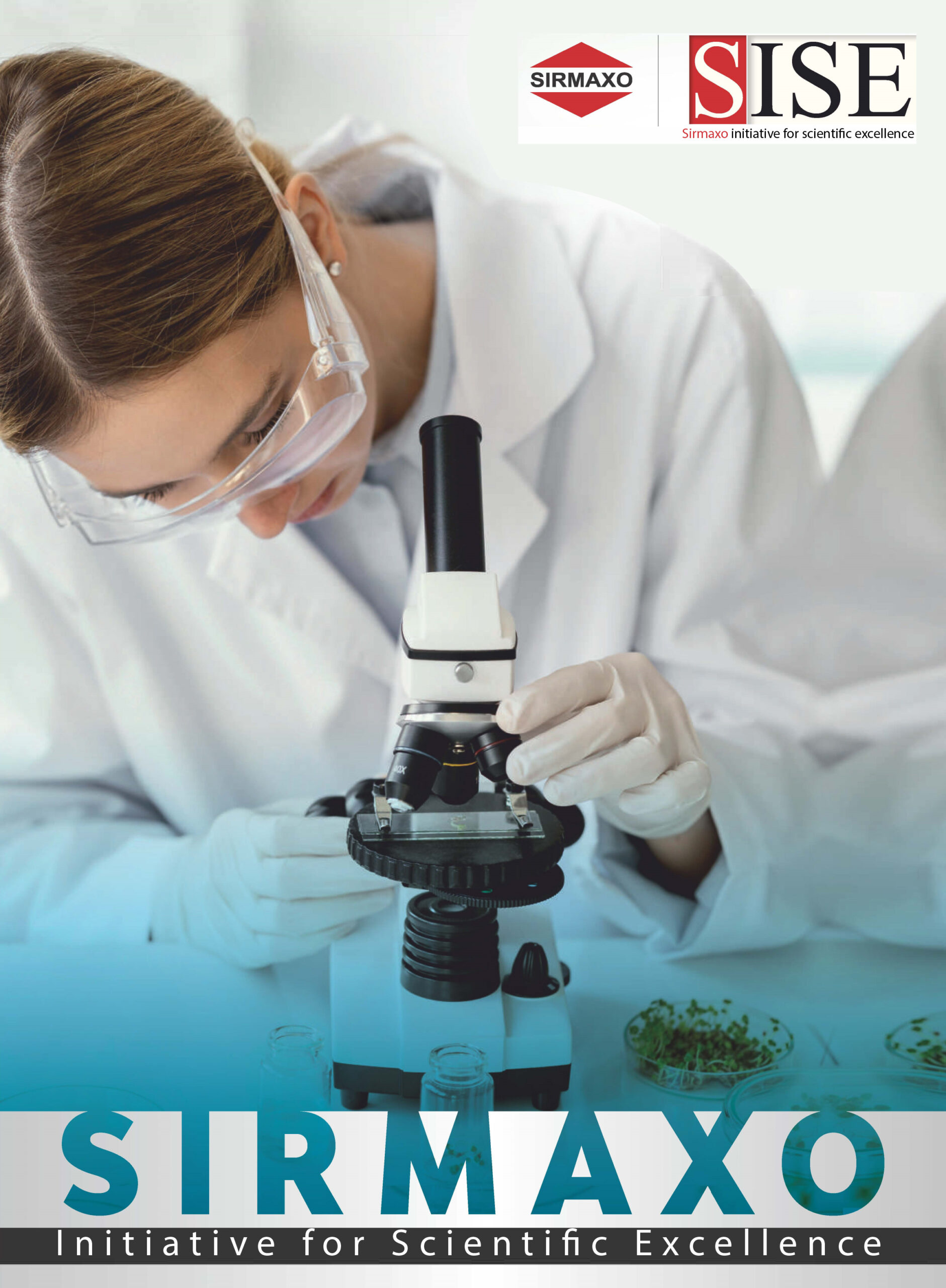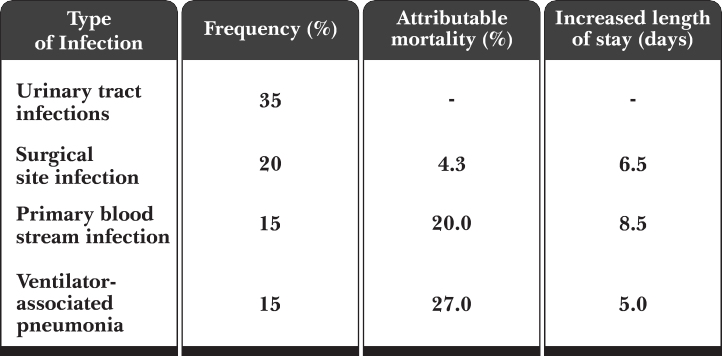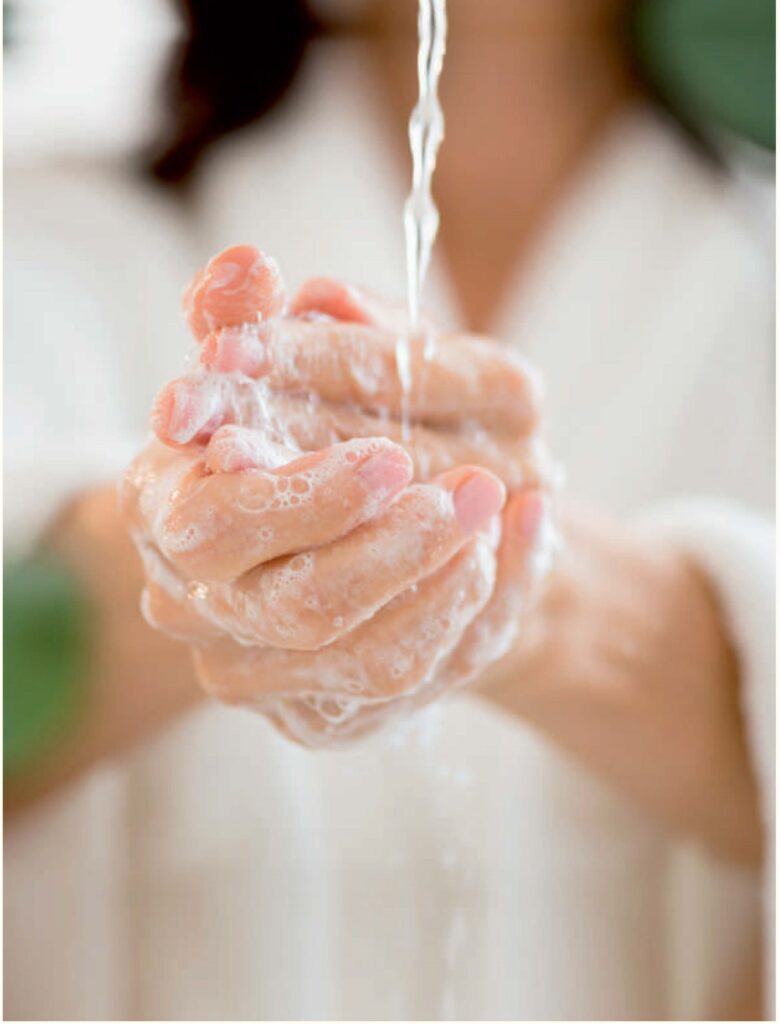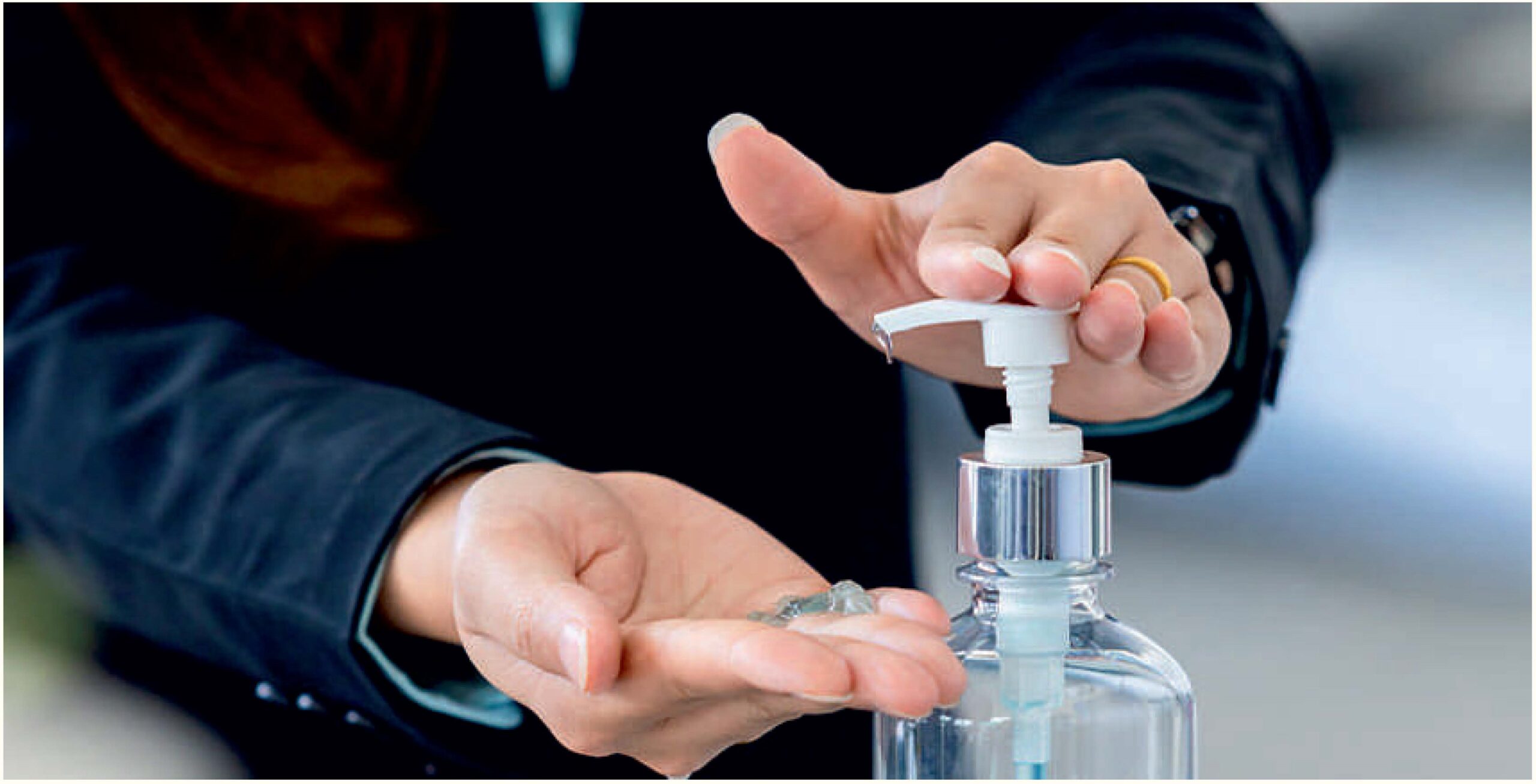SISE- Sirmaxo Initiative for Scientific Excellence

Biodegradability of a chemical in the environment is one of the main issues in environmental risk assessment. Biodegradation is the most acceptable means of solving the many environmental issues related to nonbiodegradable products.
Environmental factors, such as runoff into creeks or ponds, must also be considered when selecting a disinfectant. Many agents are known ecological hazards for plants and aquatic life (i.e., sodium carbonate, hypochlorite’s, phenolics), therefore drainage, runoff, and biodegradability of disinfectants should be considered that will cause no harm to the environment (Vargova 2020).
Biodegradation in fresh water of materials such as plastics, lubricants, and other chemicals, which might end up in the environment after use, is of great importance. Therefore, certification of bio-based materials that may end up as waste in freshwater, with respect to their biodegradation behaviour, is necessary.
Using green cleaning products can help to reduce the human health and environmental concerns that comes along with cleaning.
Standard testing methods for measuring biodegradation in fresh water are described in OECD guidelines. OECD Guidelines for the Testing of Chemicals are a set of internationally accepted specifications for the testing of chemicals decided on by the Organization for Economic Co–operation and Development (OECD 2001).
EN Reports:
EN (European Norms) is the international standards accepted globally. EN Tests Methods give robust & reliable test results wherein, standard strains; standard operating process (SOP) and controls are all used. Additionally, test method validation is also carried out hence, assuring the reproducibility and robustness.
EN tests are difficult to pass and the success of the test is totally dependent on the formulation of a chemical. Although, 2 chemical products have similar composition, it’s not mandatory that both will pass the tests, because it depends on various quality parameters of water and raw materials used during the manufacturing process.
In one of the EN test protocols for surgical and hygienic hand rub application; volunteer’s hands are artificially contaminated with test organisms before applying the product
formulation and therefore assure that the test product is efficacious and safe to be used in health care settings.

There are no equivalent standard for EN & ASTM (the American Society for Testing and Materials) available in India. As a customer, one has to be cautious in selecting products related to infection control and hand hygiene. It is significant to cross check the labs which are claiming to be certified for carrying out EN standard tests. Laboratories that are possessing not only NABL but also, ISO/IEC 17025 are eligible and capable to carry out EN and ASTM standard tests. ISO/IEC 17025:2017 specifies the general requirements for the competence, impartiality and consistent operation of laboratories.
There are certain labs that are not equipped to perform EN and ASTM tests, involving participation of human volunteers hence; they are not authorized to conduct such tests. Therefore, the antimicrobial testing done by these labs cannot be at par or equivalent to EN & ASTM Tests. The reports by such labs would not be robust, uniform & comparable.
Toxicity reports:
The objective of carrying out toxicity tests for any chemical is to generate information about its toxic properties. The parameters for such toxicity tests are often dependent on the chemical’s application of use. If the purpose of chemical is to be used as a hand rub/hand sanitiser, in that case toxicity studies are carried out on hands of human volunteers.
To evaluate effect on human health, toxicity tests carry out studies that involve whole animals such as rats, mice, rabbits etc. Sometimes, cell lines of mammalian origin are also used for the same purpose, where lethal dose (LD50) is taken into consideration (Amy et al. 2000).
Toxicity tests are also important as they evaluate the health and environmental risks any chemical could possess
Reports from Original Equipment Manufacturer (OEM):
There are number of medical devices in the health care industry, which are necessary for the diseases diagnosis and surgical applications but highly expensive. These reusable devices are not only a valuable asset for healthcare providers, but they are also a primary front from which facilities can fight infection. Such critical and semi-critical devices need to be disinfected or sterilized as they are used multiple times during the day for the diagnosis or surgical processes in patients. Therefore, infection transmission via such devices can be a big issue and preventing infection is of paramount importance (Mohapatra 2017).
The chemicals that are used for disinfection or sterilization must be compatible with the device’s material. Hence, material compatibility is an important aspect to be considered when selection infection control chemical products. Incompatibility may result in changes in appearance and function of an endoscope. Use of a high-level disinfectant or chemical Sterilent for which a manufacturer has not issued a compatibility statement may void the instrument’s warranty (SGNA Guideline). CDCguideline (2008) also recommended using germicide which has material compatibility.
The outbreak of COVID-19 resulted in hundreds of thousands of deaths and millions of people getting infected worldwide. This pandemic underlined the importance of Disinfection and basic Hand Hygiene (WHO 2020).
To deal with such disease and spread, we will have to adapt new changes in our everyday life from now on.
The current state has already showed us the importance of hand wash and hygiene. Hand wash is not the only remedy to this problem. We travel to work on a daily basis. While traveling, soap and water is not accessible. In such cases carrying hand sanitizers along with face masks is going to be the new way of life. These specific changes are going to be the ‘New Normal’.
In the past, disinfection was only limited to hospitals, and inside departments of hospital mainly in ICUs and operation theatres. In addition to hospitals, nursing homes, Outpatient department (OPD), dental clinics, corporate offices , restaurants, and, public places including airports, metros, busses, local trains and even flights and cruise ships need to undergo routine disinfection. Amongst all, places like hospitals, nursing homes and dental clinics are more vulnerable to infections.
It is essential to go one level ahead of hand hygiene. By now, we all are aware that pathogens like viruses, bacteria, fungi and bacterial or fungal spores reside and survive on various surfaces. We expose our hands to such contaminated surfaces directly or indirectly. Effective disinfection of these surfaces in nursing homes and dental clinics is of paramount importance as these are the centres where one can obtain a medical treatment (Gebel et al. 2013). Hard surfaces including floors, arms of dental chairs, tables, patient beds, bed railings, medical/dental equipment and other high touch surfaces need to be regularly disinfected (Kramer and Assadian 2014).
A healthcare-associated infection (HCAI) is defined as any infection that occurs in the course of a patient’s treatment in a hospital or healthcare facility, which was not present or incubating at the time they were admitted. H CAis are one of the biggest challenges facing health services around the world. Approx. 1.4 million patients are developing serious infections during care for an unrelated condition at any given time. It leads to increased patients’ morbidity and mortality, length of hospital stay and the costs associated with hospital stay.
Four types of infection account for more than 80% of all health care-associated infections which leads to increased patients’ morbidity and mortality, length of hospital stay and the costs associated with hospital stay (Haque et al. 2018).
Four types of infection account for more than 80% of all health care-associated infections Table 1 (WHO 2010):
1. Surgical-site infection,
2. Bloodstream infection (usually associated with the use of intra vascular device)
3. Pneumonia (usually ventilator-associated)
4. Urinary tract infection (usually catheter-associated)

Reference: Infection prevention and control in health care: time for collaborative action, Technical paper, 2010. WH 0

Note: CLABSI, central-line-associated bloodstream infection; CAUTI, catheter-associated urinary tract infection; VAE, ventilator-associated event; SSI, surgical site infection; MRSA, methicillin-resistant Staphylococcus aureus; CDI, Clostridioides difficile infection.
Globally, more people die now from medical errors or other breakdowns in the quality and safety of healthcare services than from lack of access to them. Inadequate environmental hygienic conditions, poor waste disposal, insufficient patient flow regulation and a lack of knowledge of infection can also play a significant role in the spread of microorganisms (Rodziewicz et al. 2021).
HCAis are significant harm events so it is important to ensure rapid and early diagnosis in order to provide effective treatment and to contain the infection.
Effective infection prevention and control is central to providing high quality health care for patients and a safe working environment for those that work in healthcare settings. It is important to minimize the risk of spread of infection to patients and staff in hospital by implementing good infection control programme (IPC Guideline 2020).
In the current COVID-19 pandemic setup, we cannot ignore the fact of healthcare workers getting infected and patients those are visiting healthcare settings for different illnesses are also contracting infection. This might be happening due to exposure to contaminated surfaces. It is also crucial to select right and specific chemical as disinfectant to achieve successful disinfection.
COVID-19 also impact on HAis. As per the data from Centers for Disease Control (CDC), significant increase in the year 2020 were observed for CLABSI, CAUTI, VAE, and MRSA bacteremia compared to 2019. (https://www.cdc.gov/hai/data/portal/covid-impact-hai.html).

Due to huge countrywide demand, many companies have started offering of various range of disinfectants and hand sanitizers. It is utmost important to check the quality of the disinfectant and confirm its standard before purchasing it.We also need to come out of the belief that goods imported from western countries are always of standard quality. The disinfectant should also be tested and certified to have killing activity for deadly viruses like Corona virus or TB bacteria from certified laboratories. Effective disinfection can only be possible to achieve if the disinfectants are of assured quality with certifications and accreditations. Similarly, disinfection is absolutely necessary in schools, offices, pharma settings, restaurants and hotels. These are the places where people gather every day in large numbers. Floors, corridors, desks are the most contaminated areas which need to be cleaned and disinfected in schools and offices. In schools, hand hygiene and disinfection should become the part of curriculum so that the good habits will be nurtured right from the young age.
This crisis has made us more educated about some basic concepts of hygiene and disinfection. We may have never given so much importance to surface disinfection and hand hygiene but in order to save ourselves from this pandemic situation, it has become a need of an hour.
References:
World Health Organization. Cleaning and disinfection of environmental surfaces in the context of COVID-19: interim guidance, 15 May 2020.No. WHO/2019-nCoV /Disinfection/2020.1. World Health Organization, 2020.
Gebel, J., Exner, M., French, G., Chartier, Y., Christiansen, B., Gemein, S., … & Sonntag, H. G. (2013). The role of surface disinfection in infection prevention. GMS hygiene and infection control, 8(1).
Kramer, A., & Assadian, 0. (2014). Survival of microorganisms on inanimate surfaces. In Use of Biocidal Surfaces for Reduction of Healthcare Acquired Infections (pp. 7-26). Springer, Cham.
Haque, M., Sartelli, M., McKimm, J., & Bakar, M. A. (2018). Health care-associated infections an overview. Infection and drug resistance, 11, 2321.
World Health Organization. Infection prevention and control in health care: time for collaborative action. No. EM/RC57 /R. 6. 2010.
Rodziewicz, T. L., Houseman, B., & Hipskind, J. E. (2021). Medical Error Reduction and Prevention. In StatPearls [Internet]. StatPearls Publishing.
National Centre for Disease Control, Directorate General of Health Services Ministry of Health and Family Welfare, Government of India January 2020.
Weber, D. J., Rutala, W. A., & Sickbert-Bennett, E. E. (2007). Outbreaks associated with contaminated antiseptics and disinfectants. Antimicrobial agents and chemotherapy, 51(12), 4217-4224.
WHO 2010- Guide to Local Production: WHO-recommended Handrub Formulations.
Vargova M, Lakticova KV, Hromoda R, Cimbolakova I, Uher I, Papajova I and Peter K (2020) Sanitation and the Environment
DOI:http:/ /dx.doi.org/10.5 772/intechopen.93106.
OECD Guideline for testing of chemicals https://www.oecd.org/chemicalsafety/risk-assessment/1948209.pdf
Amy, G., R. Bull, Gunther F. Craun, R. A. Pegram, M. Siddiqui, and World Health Organization. Disinfectants and disinfectant by-products. World Health Organization, 2000.
Mohapatra 2017 Sterilization and Disinfection https://doi.org/10.1016/B978-0-12-805299-0.00059-2.
Society of Gastroenterology Nurses and Associates, Inc. (SGNA). (2017). Guideline for the Use of High Level Disinfectants and Sterilants for Reprocessing of Flexible Gastrointestinal Endoscopes [Practice standard]. Chicago, IL: Author
Coming Soon !
